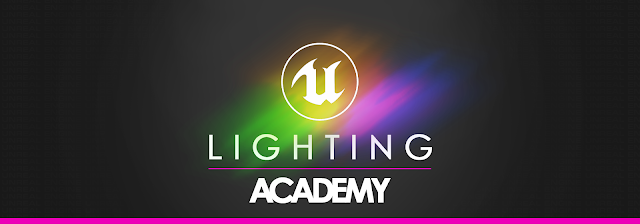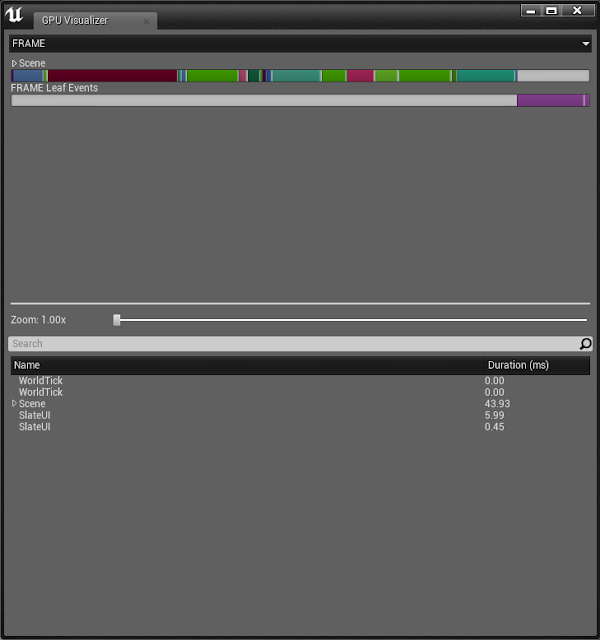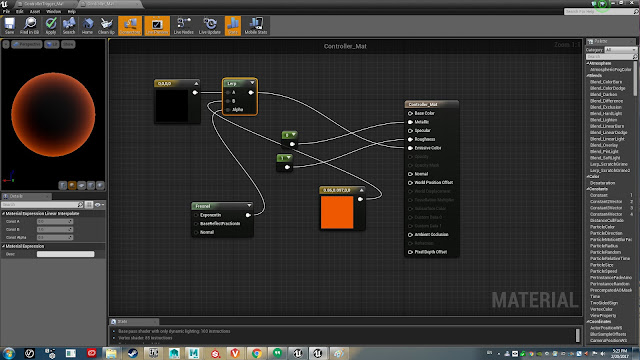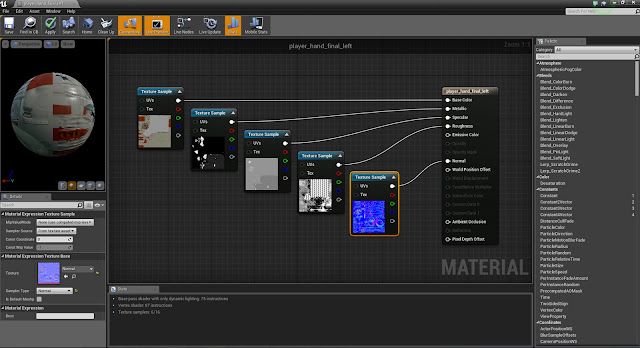Unreal 4 Lighting Academy with 51Daedalus - Part 1

A friend recently recommended this series as an excellent example of how to do lighting properly in the Unreal engine, and I couldn't agree more. 51Daedalus breaks down the scene and gives great feedback with tips and tricks how to make the lighting even better. If you have a few hours to educate yourself, check out the full series using the link below. https://www.youtube.com/playlist?list=PLqfZolvobgUDAm-c41cDR8NDA79UKuN4b There is a lot of information to process, and I've done my best to capture most of it, this blog isn't about copying the information but rather one of my own notes and make sure that I full understand it. Before starting really explore the scene description, what does the level needs to achieve, review all the reference material and develop the mood and feeling it will evoke. The technology is pretty straight forward, it gives the Artist the tools to be totally expressive without restrictions, however the Artist needs to have the knowledge and traini...



